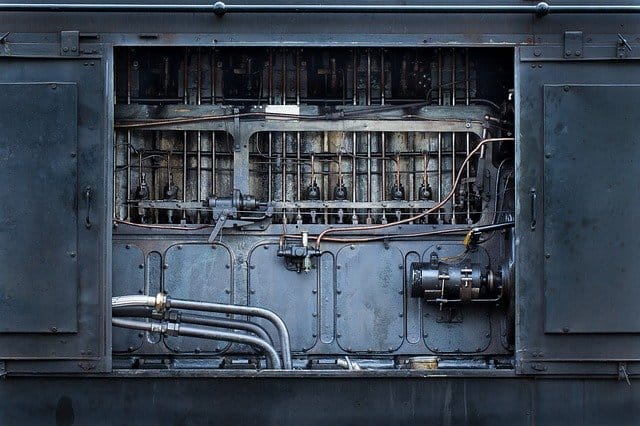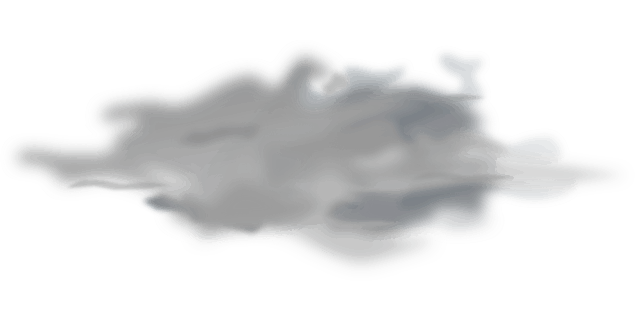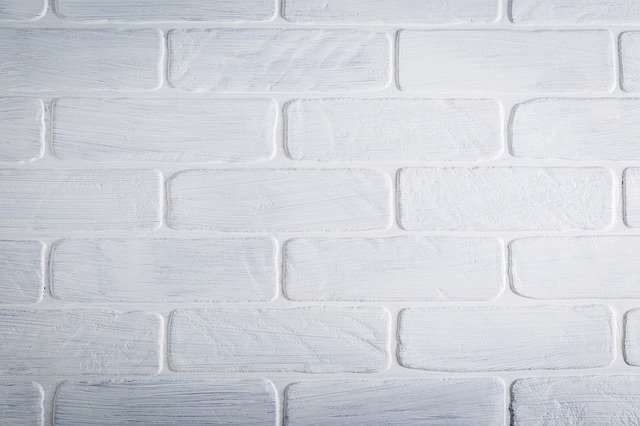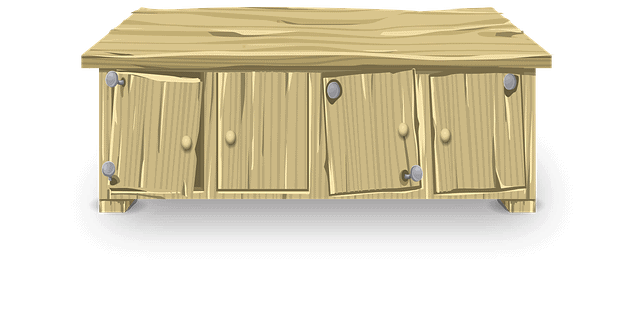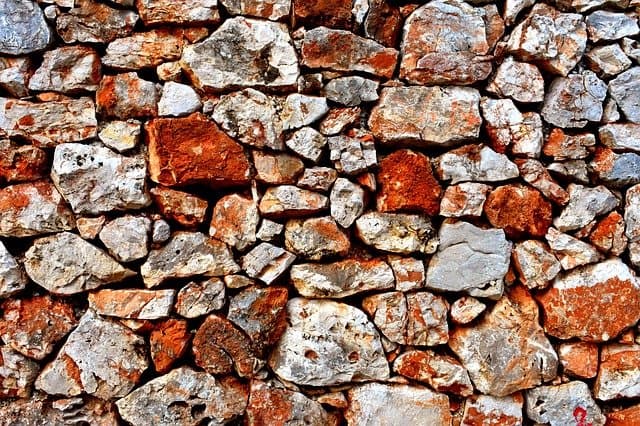How To Paint Stucco -The Correct Way
Owning a Stucco home will not only make you stand out among others but also boost your self-esteem. However, painting Stucco with Acrylic latex (great color retention and gloss ) could be very cumbersome especially when the wrong paint is selected and improper procedure followed. 
Indeed, if proper care is not put into place when handling Stucco, the structural strength is weakened, while the quality of the finish coat is compromised. Could you be facing similar problems?
Well, in this article, we shall be discussing how to paint stucco. To begin, select the right tools and material, clean the surface, strip old paint gently, sand the surface, and polish before moping it to dryness. Check these acrylic paint for pouring.
Further, select the masonry primer and prepare it accordingly, apply the primer, select and prepare finish paint, apply the finish paint before undertaking quality finish touch. During the paint application process, wear protective gear (for personal safety) and stick to the precautions guidelines given in this article.
Details: 4 Secret Painting Tips – How To Paint Stucco
Remember to cover the painted surface is located in a dusty environment (prevent the surface from dust stain). Avoid scratching dried paint when correcting drains or runs. In order to gain in-depth insight, let us get into the details. The material and tools required are:
- Putty knife and a broom/pressure washer
- A paint roller and a paintbrush
- Masonry paint and Masonry primer
- Empty buckets and Painter’s tape
- Stripping chemical and thinner
- Waterpoint and Masonry compatible caulking
- Stucco repair mix – where necessary
- Sander or a sandpaper and Polishing Machine
- Protective gear – respirator, boots, overalls, gloves, and goggles
1. Surface Cleaning
- Wear protective gear – gloves, respirator, goggles, overalls, and boots
- Using a broom, sweep the stucco surface. Alternatively, vacuum the surface to remove debris and dust particles
- Dip a piece of cloth in water and mop the stucco surface sufficiently
- Leave the surface to dry naturally
2. Paint Stripping
- Thin paint stripping chemical is a container appropriately
- Using a paintbrush, apply the solvent over the old paint until the entire surface is covered
- Leave the old paint to cure for 10 minutes or otherwise advised by the manufacturer
- Using a putty knife or a paint scraper, scrub old paint gently – be careful not to affect the primary surface material
- Repeat the process once more until the entire old paint is removed
3. Sanding
- Connect the Sander to a power source and switch on
- Gently, sand the surface to remove paint remains and smoothen the rough surface
- Run the sander back and forth until you attain an excellent finish
- The blow of the surface debris (using a blower)
4. Polishing
- Connect Polishing Machine to a power source and switch on
- Polish the sanded surface gently
- Run the sander back and forth until you attain a smooth finish surface
- Blow off dust and surface debris
- Mop the polished surface and leave it to dry naturally
5. Selection of Prime and Preparation
When selecting primer for your stucco, it’s advisable to consider factors such as the color, the type (is it oil-based or water-based?), the stickiness ability, the package, thinning requirements, and the ease to apply. Always go for a primer that is fast drying and scratch-resistant.
- Pour primer into an empty bucket gently
- Add thinner little by little and stir
- Mix the solvents until you attain a uniform solution
- Test the primer over the stucco surface to ascertain the quality of the result
6. Primer Application
- Dip a paintbrush or a roller into the primer bucket and load sufficiently
- Cut excess primer – to avoid drains or runs
- Apply the primer gently back and forth
- Repeat the previous steps until the entire surface is fully primed
- Leave the primer to dry
7. Finish Paint Selection and Preparation
The selected finish paint should always match the primer that is used primarily (oil-based paint should be applied over an oil-based primer and vice versa). Moreover, consider finish paint that matches the prevailing weather condition and one that resists peeling, flaking, and chipping with time.
- Pour finish paint into an empty bucket gently
- Add thinner and stir continuously until you attain a uniform solution
- Carry out a drop test experiment over the stucco surface to ascertain the stickiness level
See Also: Acrylic Paint for Professional Artists
8. Finish Paint Application
- Dip a roller or a paintbrush into the paint bucket and load it sufficiently
- Cut off excess paint to avoid runs or drains
- Apply the paint back and forth over the stucco surface
- Repeat the above steps until the entire surface is painted
- Leave the surface to dry naturally
- Where necessary, you can apply the second coat
9. Quality Finish
To attain an excellent finish, it’s advisable to coat the finish layer with a lighter paint solvent. Besides, eliminating the drains or runs before they are dried out and cut corners with a soft blister paintbrush.
Importantly, cover the painted surface with a polyethylene bag to prevent dust stains. Alternatively, you can sprinkle water over the surface after some time (for oil-based paint only).
See Also: Gold Paint for Wood
Considerations Before Painting Stucco
Before commencing paint application, it’s advisable to consider some of the following factors:
1. The Prevailing Weather
Prevailing weather determines the type of paint to select. For example, stucco found in wet areas should be painted with paint that integrates waterproof and mold-resistance properties in order to prevent chipping and scuffing from occurring.
On the other hand, stucco found in dry or sunny areas should be painted with paint that integrates UV-rays blockers, Blur removers, and heat resistive properties in order to attain quality finish results and reduce the chances of peeling or flaking.
2. The Area to be Painted
The surface area under paint application should be accounted for in order to quantify the right amount of paint you need to buy. Larger surface areas require more paint gallons and vice versa.
3. Number of Coats to be Used
You need to decide the number of paint coats you intend to apply – this decision is a function of the location of your stucco and the prevailing weather condition.
Stucco found in the wet areas should be coated with two or more layers, while those in dry areas can be coated with single layers without any problem.
4. The Painting Method to Use
The type of method you choose for paint application highly influences the overall cost implication in that some methods like spray painting are slightly expensive as compared to the use of a paintbrush or a roller.
However, using a paint sprayer guarantees you a quality finish and minimal surface drains when painting. More so, the paint application efficiency is higher when you opt for a paint sprayer than when using a roller or a paintbrush.
5. Cost Implication
Consider the cost that you will incur when painting your stucco by calculating the purchase cost (paint purchase), the hiring of a professional painter, acquiring other tools and materials as well as the transport cost.
See Also: Folding Ladders for Painters
How to Maintain Exterior Painted Stucco
Consider the following maintenance tips for your stucco: Always clean your stucco often with a mop or a wet piece of cloth in order to maintain the surface free from dust and surface debris.
- Chipping paint should be restored as soon as the onset appears to avoid further problem
- Old paint should be removed entirely and replaced with a new coat
- Cover your stucco painted surface to prevent it from dust stain or abrasion effects
- Scratches and surface abrasion should be reinforced as soon as they appear
- Always fill the damaged stucco with patching compound or filler to improve its service life
- Stucco painted surface should always be restored with similar paint in order to attain a quality finish.
Safety Measures and Precautions to Consider When Painting Stucco
Since safety is paramount, it’s advisable to consider the following safety measures and stick to the precautions highlighted below: Always follow manufacturer’s instructions when carrying out paint or primer preparation
- During the paint application process, wear protective gear for personal safety and hazard prevention
- Never smell the primer, paint, or thinner directly – the solvents may contain components that may affect your nasal cavity when inhaled
- Always carry out a drop test experiment before the actual painting is done to ascertain the stickiness level of the primer or finish paint.
- In case you are new to stucco painting, contract a professional painter to assist you
- Clean the stucco surface thoroughly before paint application in order to boost the paint stickiness level
- Paint and primer that remain after paint application should be stored away from pets and kids – prevents intoxication
- If you get into contact with primer or thinner, wash the surface with plenty of water and soap
- Never cut dried drains or runs – you will damage the entire structure.
See Also: Exterior Paint to Prevent Mold
Conclusion
In summary, on how to paint stucco, select the right tools and material, clean the surface, strip old paint gently, sand the surface, and polish before moping it to dryness.
Besides, select the masonry primer and prepare it accordingly, apply the primer, select and prepare finish paint, apply the finish paint before undertaking quality finish touch. During paint application, wear protective gear (for personal safety) and stick to the precautions guidelines given in this article.
Avoid touching the wet painted surface (leaves fingerprint) and desist from correcting dried drains or runs. Importantly, contract a professional painter if you are new to stucco painting.
